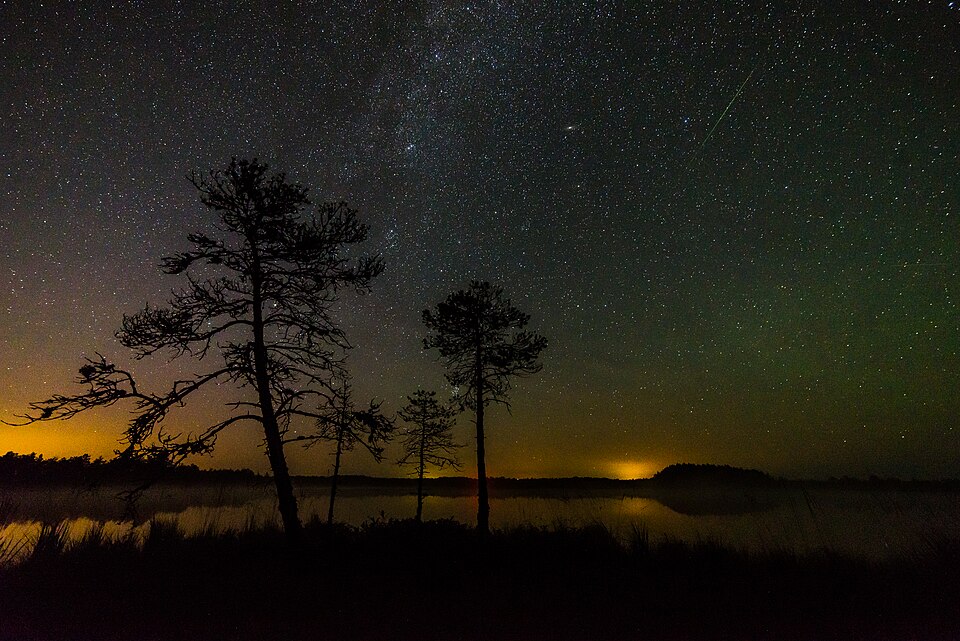Perseids Meteor Shower 2025: Viewing Dates and Tips for Stargazers

The Perseids Meteor Shower, a highly anticipated astronomical event for avid stargazers, is set to illuminate the night sky from July 17 to August 23, 2025. This annual meteor shower, renowned for its swift, bright fireballs, offers an exceptional opportunity for skywatchers in the Northern Hemisphere to witness one of nature's most spectacular displays.
According to the American Meteor Society, the Perseids are known to produce up to 60 meteors per hour at their peak, which occurs around August 12-13. This year, the celestial event coincides with a waning crescent moon, providing optimal viewing conditions as the moonlight will not obstruct the visibility of the meteors. Dr. Emily Carter, an astrophysicist at the California Institute of Technology, emphasizes the significance of timing and location in viewing the meteor shower effectively. "To maximize your experience, it's crucial to find a dark location away from city lights, ideally with a clear view of the sky. The mornings just before dawn are generally the best times to observe the meteors," Dr. Carter stated.
Historically, the Perseids are associated with the comet Swift-Tuttle, which sheds debris that enters Earth’s atmosphere, creating the stunning fireball effects. The event has been documented for nearly 2,000 years, with records tracing back to ancient China. The Perseids are particularly favored due to their reliability and the sheer number of meteors observed.
In addition to the visual spectacle, the Perseids serve as a reminder of the ongoing fascination with astronomy and the natural wonders of the universe. Tim O'Brien, a leading researcher at the International Astronomical Union, notes that events like the Perseids are not just a source of wonder, but also opportunities for education and community engagement. "Public events and viewing parties can inspire future generations of astronomers and foster a deeper appreciation for our cosmos," O'Brien remarked.
For those interested in capturing the event photographically, experts recommend using a camera with a wide-angle lens and a tripod. Long exposure settings can help to capture the streaks of light as they traverse the night sky. The National Aeronautics and Space Administration (NASA) also encourages engagement through their social media platforms, where they will share live streams and updates during the peak nights.
As the Perseids approach, local astronomy clubs and observatories often organize viewing events. Engaging with these groups can enhance the experience, providing insights and guidance from seasoned astronomers. As Dr. Johnson from the University of California, Berkeley, points out, "Watching the Perseids is not just about seeing meteors; it’s about connecting with others who share a passion for the night sky."
Looking ahead, as technology advances and awareness of light pollution increases, the future of meteor shower observations may evolve. The integration of mobile apps and online platforms will likely continue to enhance the stargazing experience, making it more accessible for enthusiasts around the world. As the date approaches, stargazers are encouraged to prepare for one of the year’s most stunning celestial displays.
In summary, the Perseids Meteor Shower not only captivates those who gaze upward but also serves as a bridge connecting science, art, and community. With the right preparation and knowledge, observers can fully immerse themselves in this awe-inspiring natural phenomenon, creating cherished memories for years to come.
Advertisement
Tags
Advertisement





